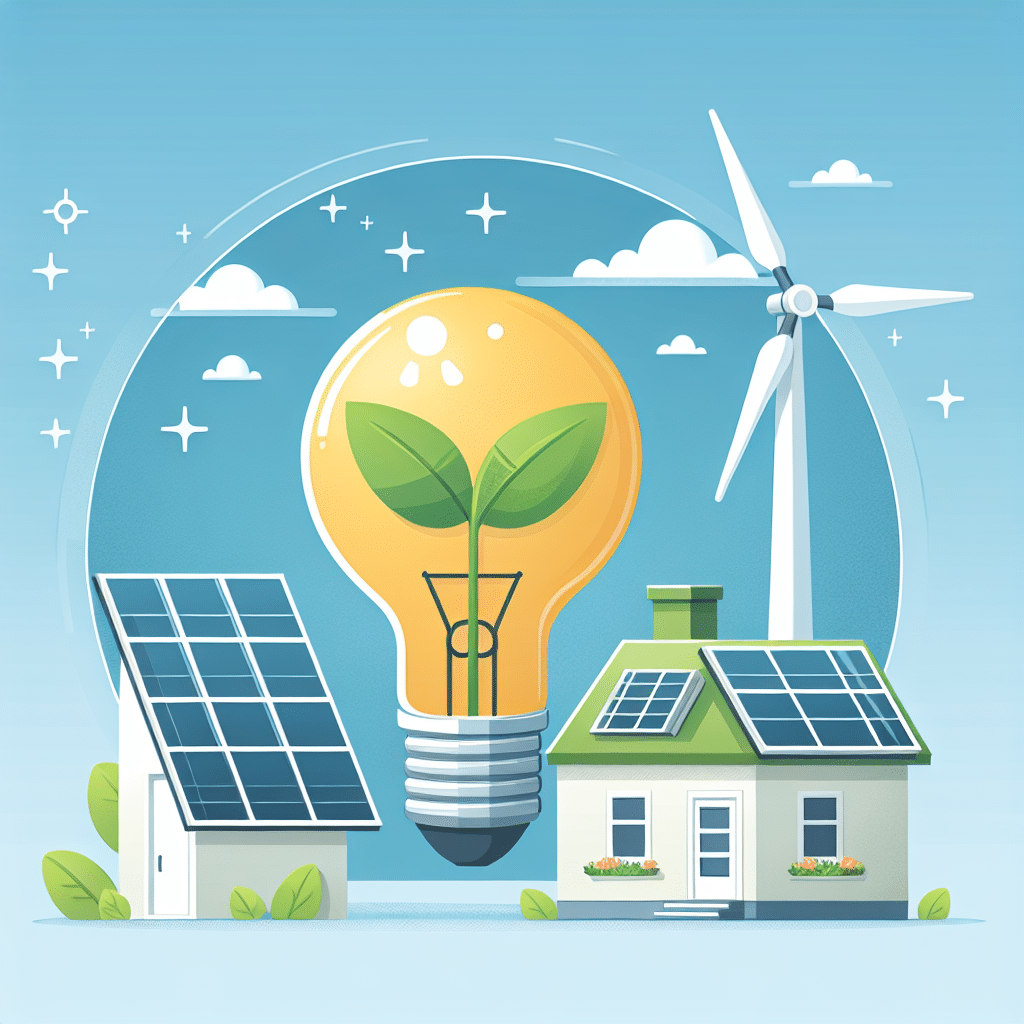Top Tips for Reducing Home Energy Consumption
1. Conduct an Energy Audit
Start by identifying where your energy is being consumed and wasted. An energy audit can help you understand how much energy your home uses and where improvements can be made. Many utility companies offer free audits or provide resources to guide homeowners.
2. Seal Air Leaks
Check for drafts around windows, doors, and other openings. Use weatherstripping and caulk to seal any gaps. Insulating your home properly can reduce heating and cooling costs significantly. Focus also on areas like electrical outlets and plumbing penetrations.
3. Insulate Your Home
Ensure that your home is well-insulated, especially in the attic, walls, and floors. Good insulation helps maintain indoor temperatures, reducing the reliance on heating and cooling systems. Consider using materials with a high R-value for better insulation efficiency.
4. Upgrade to Energy-Efficient Appliances
Invest in Energy Star-rated appliances, which use less energy than standard models. This includes refrigerators, washing machines, dishwashers, and water heaters. While the upfront cost may be higher, the long-term savings on energy bills will make it worthwhile.
5. Install Programmable Thermostats
A programmable thermostat allows you to set temperatures according to your schedule, which means you won’t waste energy heating or cooling an empty house. Many models even allow remote access through smartphone apps, making it easy to adjust settings on the go.
6. Utilize Natural Light
Maximize the use of natural daylight to illuminate your home. Keep curtains and blinds open during the day, and consider replacing heavy or dark window treatments with lighter materials. Skylights and larger windows can also help brighten rooms without the need for artificial lighting.
7. Switch to LED Lighting
Replace incandescent and fluorescent bulbs with LED bulbs. LEDs use up to 80% less energy and last much longer. Also, consider using dimmers and timers to control lighting usage more efficiently.
8. Reduce Water Heating Costs
Install a water heater timer to heat water only when needed. Consider insulating your water heater and the first six feet of hot and cold water pipes. Lower the thermostat on your water heater to 120°F, which is sufficient for most uses and can save you money.
9. Control Your Heating and Cooling Systems
Make sure your heating and cooling systems are energy-efficient. Regular maintenance, such as changing filters and cleaning ducts, helps ensure optimal performance. Additionally, consider upgrading to a high-efficiency HVAC system if yours is over ten years old.
10. Use Energy-Efficient Windows
Windows can be a significant source of energy loss. If replacement is an option, choose double-pane or triple-pane windows with low-E coatings that reflect heat. If replacement is impractical, use window film or thermal curtains to help with insulation.
11. Opt for Smart Power Strips
Many electronics consume energy even when turned off, a phenomenon known as phantom load. Smart power strips can cut power to devices when they’re not in use, helping to reduce unnecessary energy consumption.
12. Reduce Refrigerator Energy Use
Keep your refrigerator at the optimal temperature, usually around 37°F for the fridge and 0°F for the freezer. Ensure that the door seals are tight, and clean the coils regularly for efficient operation.
13. Manage Your Laundry
Wash clothes in cold water whenever possible and always run full loads. Use a drying rack when possible instead of a dryer, or set the dryer to a lower heat setting. This can drastically cut down energy usage.
14. Opt for Efficient Landscaping
Use landscaping to your advantage by planting trees and shrubs strategically to provide shade, reducing air conditioning needs in the summer. Consider xeriscaping or drought-resistant plants that require less water.
15. Use Ceiling Fans Wisely
Ceiling fans can help circulate air in your home, reducing reliance on air conditioning. During summer, set the fan to rotate counterclockwise, while in winter, reverse it to push warm air downwards.
16. Limit Hot Water Use
Take shorter showers and install low-flow showerheads and faucet aerators. These fixtures can reduce hot water usage without sacrificing water pressure, saving both energy and costs.
17. Adjust Your Thermostat Settings
In winter, set your thermostat to 68°F while you’re at home and lower it when you’re away. In summer, set it to 78°F. Each degree change can impact your energy consumption significantly.
18. Invest in Solar Energy
Evaluate the feasibility of installing solar panels on your roof. While the initial investment can be substantial, solar energy can drastically reduce electricity bills and increase your home’s value.
19. Choose Eco-Friendly Heating Sources
If replacement of your heating system is possible, consider alternatives such as heat pumps or biomass heating. These can provide efficient heating while being better for the environment.
20. Educate Your Family
Involve your family in energy-saving practices. Create awareness of energy consumption and the impact of small changes. This can foster a culture of energy conservation within your household.
21. Limit Use of Standby Power
Unplug chargers and devices when not in use. Many devices, including TVs and game consoles, continue to draw power even when turned off. Use power strips to easily cut off power to multiple devices at once.
22. Optimize Microwave Use
Use your microwave for reheating meals whenever possible, as it uses significantly less energy compared to conventional ovens.
23. Maintain Your Heating and Cooling Units
Regularly clean and service your HVAC system to ensure it operates efficiently. A well-maintained unit can save significant amounts of energy over time.
24. Encourage Outdoor Living
Utilize outdoor spaces for cooking and recreation. Using an outdoor grill instead of the oven during warm months can significantly reduce energy usage.
25. Regularly Review Your Energy Bills
Keep an eye on your energy bills to monitor for changes in usage patterns. This can help you identify any unusual spikes that may indicate a malfunctioning appliance or system.
Implementing these tips not only contributes to lowering your home’s energy consumption but also fosters an overall environmentally conscious lifestyle.
